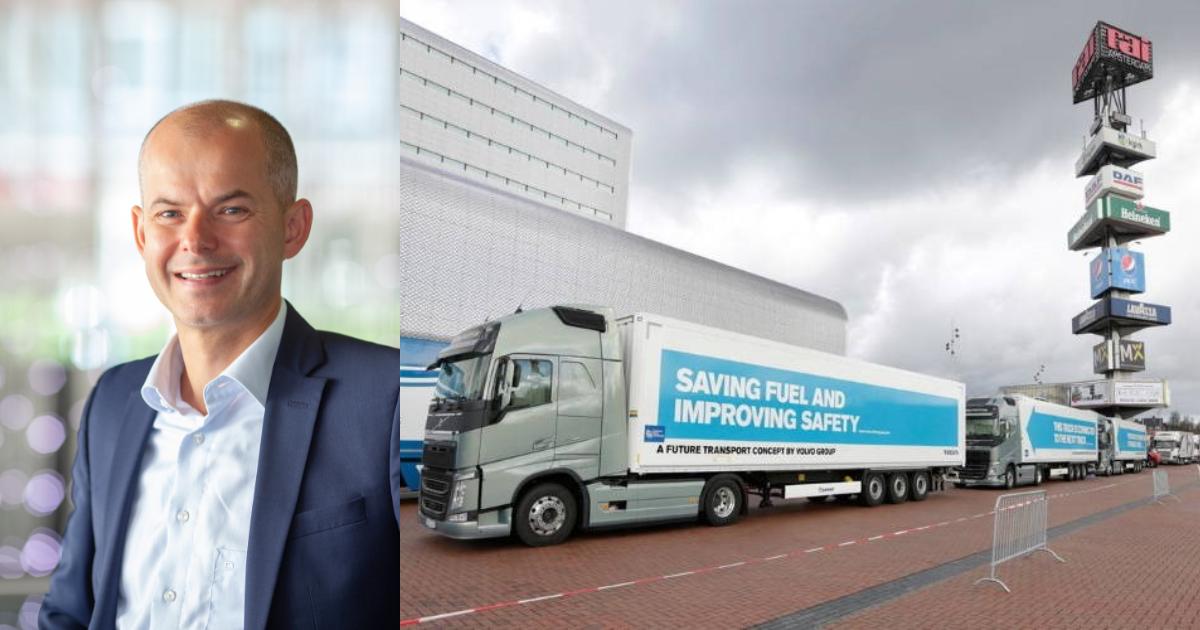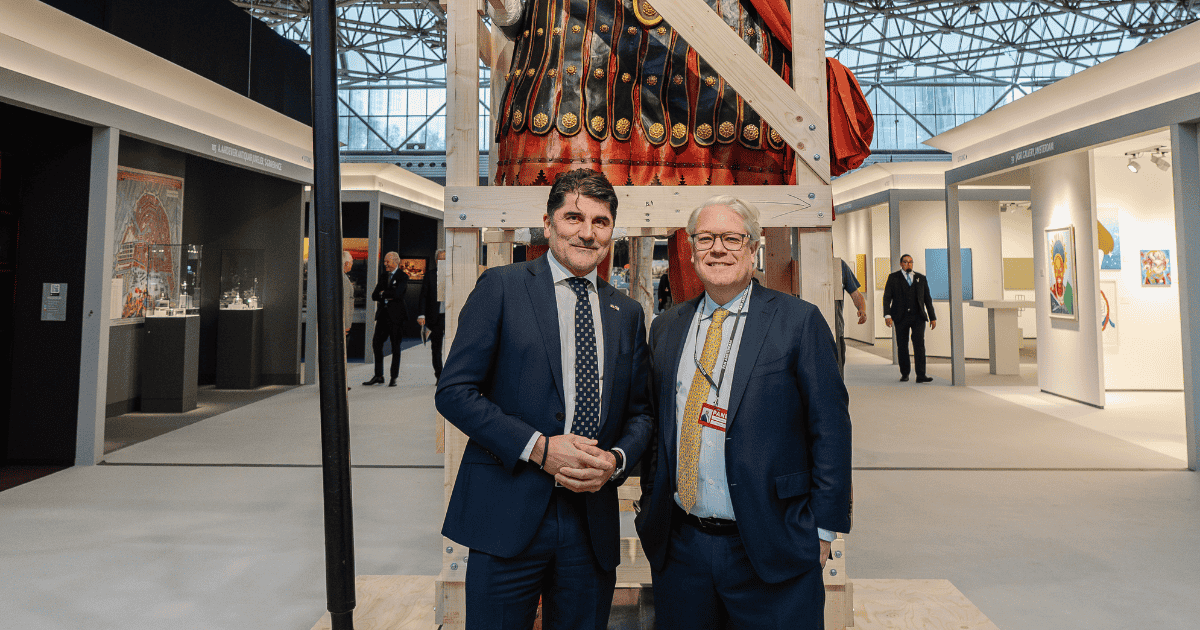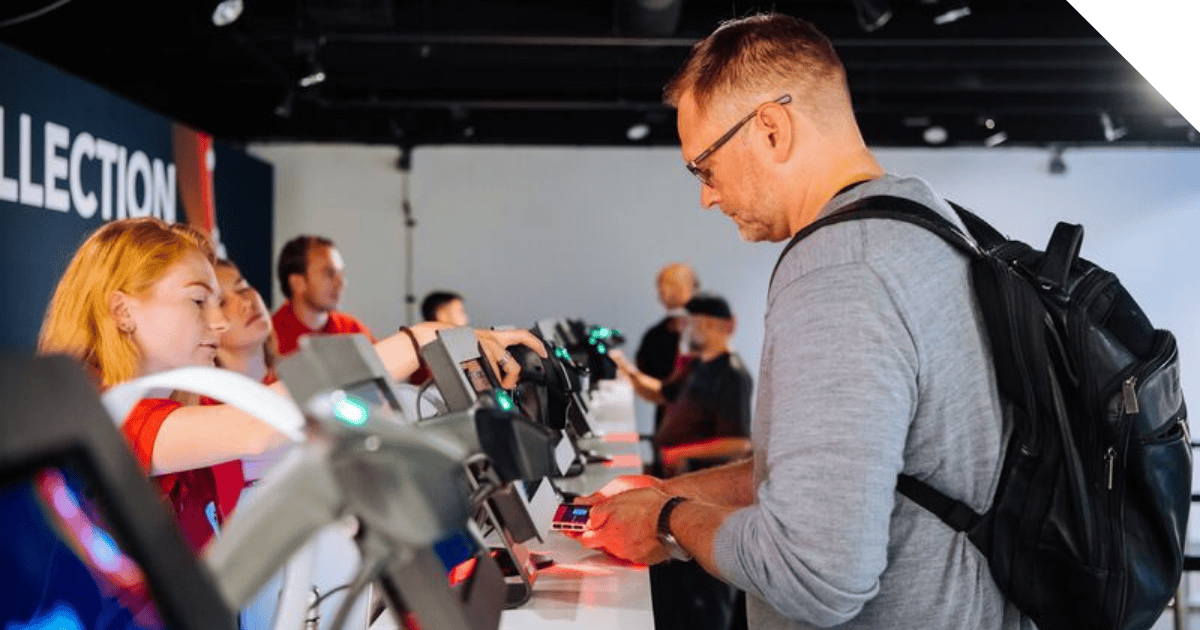How does RAI Amsterdam limit its impact on the surroundings with the logistics of events
It is what it is: events come with a lot of traffic movements – of both people and things. During the build-up of an event, trucks and vans drive on and off the premises with stand material and other goods for exhibitors. RAI Amsterdam aims to limit these movements and make them more sustainable in order to benefit both the neighbourhood and the environment. Wim Braakman, Manager Traffic & Logistics, explains how.
The RAI is situated in a superb location. We are near the city centre, and close to Schiphol Airport and the motorway. Public transport connects us in various ways as well. We love this spot and that means we have the responsibility to treat it as well as possible.
Event logistics
Behind the scenes, therefore, people are working hard to develop a strategic masterplan to design the premises of the RAI as sustainably as possible and limit traffic movements in the coming years. While the final result will take some time to realise, people like Wim have a daily task in the meantime to come up with smart solutions that minimize the impact of traffic around events. A significant element herein is the transport movements linked to the build-up and breakdown of major events.
Spreading
In early 2022 we introduced the RAI Logistics Management System. This is a proven software solution that is also used in the construction industry and ports, for example. We use it to spread the cargo traffic related to our events. All the trucks for the build-up of an event used to arrive at the same time in the morning, which soon resulted in waiting times. Now we have created a buffer zone on the city outskirts for large-scale events, where trucks wait when it is too busy here.
The RAI LMS provides time slots to the transport companies, and no one can access the premises without one. This allows us to spread traffic and prevent drivers from having to wait around. We can enforce our traffic planning and determine precisely which vehicles arrive where and when. The overall result is a calmer situation, a better overview and less nuisance. There are more benefits too, including the fact that it’s considerably quieter in and around the event halls during the build-up and breakdown. This is more pleasant for organisers and suppliers alike, increases safety levels and ensures that local residents experience far less hassle from waiting vehicles.
Streamlining
To further reduce pressure on the neighbourhood, another measure was taken that is as simple as it is effective. Previously trucks would drive in and out on the north side of the RAI, where the residences and RAI complex are situated relatively close together. Now they only enter there and leave via the east side, from where they have easy access to the motorway. It may seem like a minor change, but it has reduced traffic for the people living on the north side by half.
Out of sight
Not all stands are so large that they need trucks and many exhibitors bring in materials by van. A solution has been found for them as well: We guide vans directly from the motorway to the south side parking garage, which has a height of 2.70 metres. Exhibitors can park there for free during the buildup and breakdown, and there are facilities that make loading and unloading easier as they can bring their materials straight from the garage into the exhibition halls. We also provide a porter service. All in all, it means that this traffic flow stays entirely out of sight and does not lead to nuisance. We’ve been doing this for a few years now, and because it has been such a success we will continue to make investments such as the current installation of an extra lift in the garage.
Clustering
As many of the trucks aren’t completely full, traffic can also be limited by clustering cargo. This is especially practical for the so-called last mile to the RAI, in which combining cargo can make a huge difference. This is something we’re currently experimenting on together with our logistics partner DB Schenker. During METSTRADE in November 2022, for example, DB Schenker set up an area on the city outskirts to cluster deliveries and tranship them to trucks that would bring everything to us at once. We’re currently analysing the data generated from this trial.
Limiting
In the end, limiting materials is the optimal solution: you don’t have to transport what you don’t need. This is why RAI Amsterdam is looking into a fundamentally different way of organising stand construction, giving exhibitors the option to use modular, sustainable stands supplied and built by RAI Amsterdam and various partners. These range from simple to premium stands which can be personalised in a qualitative way using projections and lighting. The materials will then be stored in or near RAI Amsterdam and be reused as often as possible. It is taking some time for organisers to get used to this. But they quickly become enthusiastic when they see what’s now possible. And there are only benefits: they don’t have to arrange transport or set up or remove anything, the stands are more cost-effective and sustainable, and they look great. What more could you want? From my perspective, the key issue is that this solution significantly reduces the number of vehicles on the streets. And that’s how we keep making progress.


